Cats are fascinating creatures, often enigmatic and full of intriguing behaviors, especially when living together in a multi-cat household. Understanding the social structure and hierarchy within such environments is essential for maintaining harmony among feline friends. These hierarchies aren’t just random; they are complex systems that influence how cats interact and coexist. Let’s delve into the mysterious world of cat hierarchy and explore the dynamics that govern multi-cat homes.
The Alpha Cat: Who Leads the Pack?
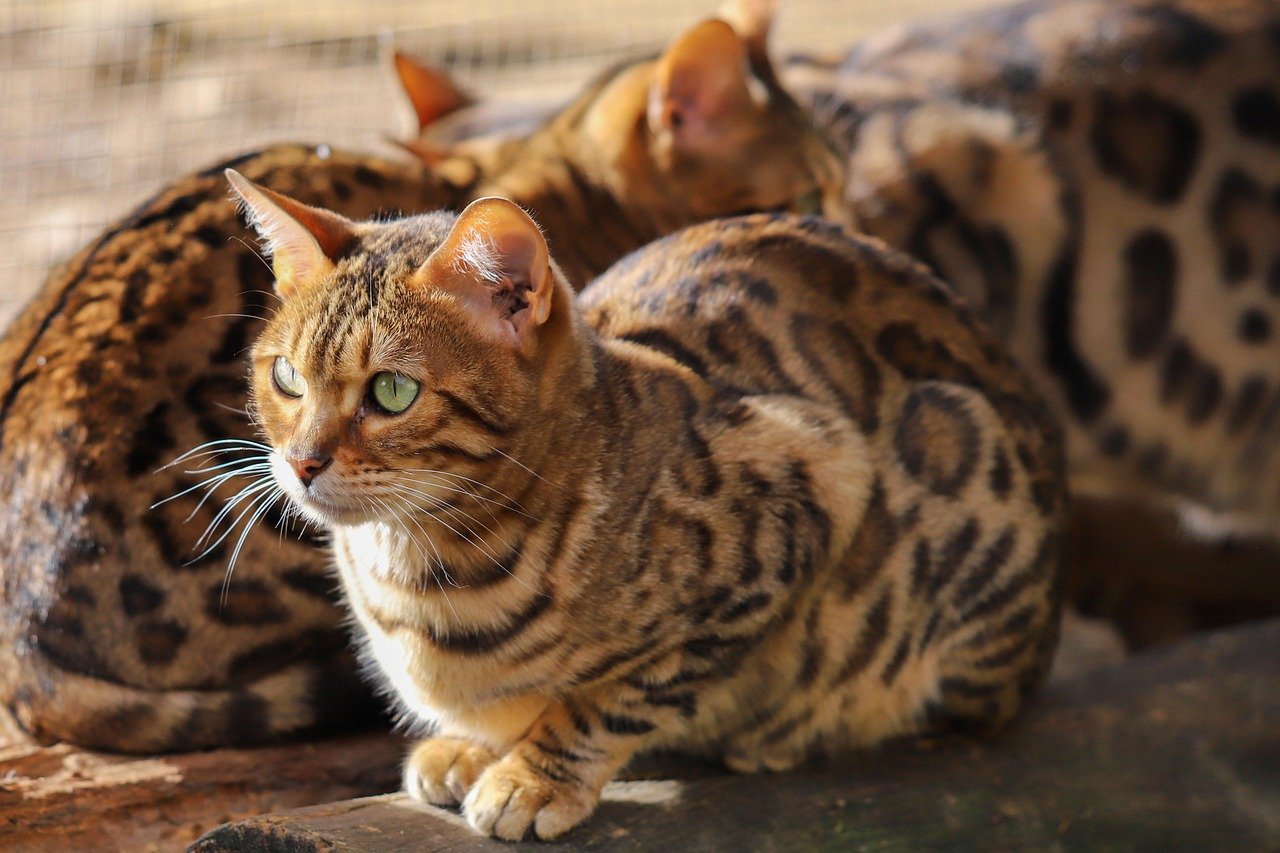
In every multi-cat home, there is often an alpha cat who takes on the leadership role. This cat is typically more assertive and confident, often taking the lead in activities and interactions. The alpha cat may be the first to access food, the most comfortable resting spots, and may even influence the mood of the group. Understanding who the alpha is can help pet owners manage conflicts and ensure a balanced environment. While the alpha cat holds a dominant position, it is essential to ensure that this doesn’t lead to bullying or aggressive behavior towards other cats.
Social Structures: More Than Just a Pecking Order
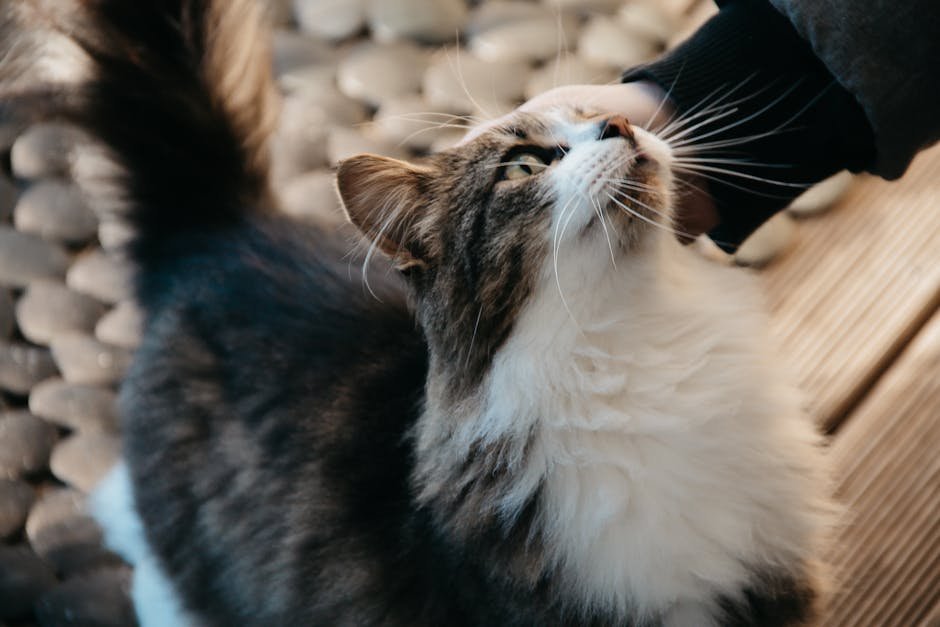
Cat hierarchies are not merely about dominance; they involve complex social structures. Cats form bonds and alliances, often showing preference for certain companions. These alliances are fluid and can change over time based on various factors such as age, health, and personality. Observing these social structures can provide insights into the dynamics of your multi-cat household. It’s fascinating to see how these social networks develop and how cats communicate through body language, vocalizations, and scent marking.
Body Language: The Silent Communicator
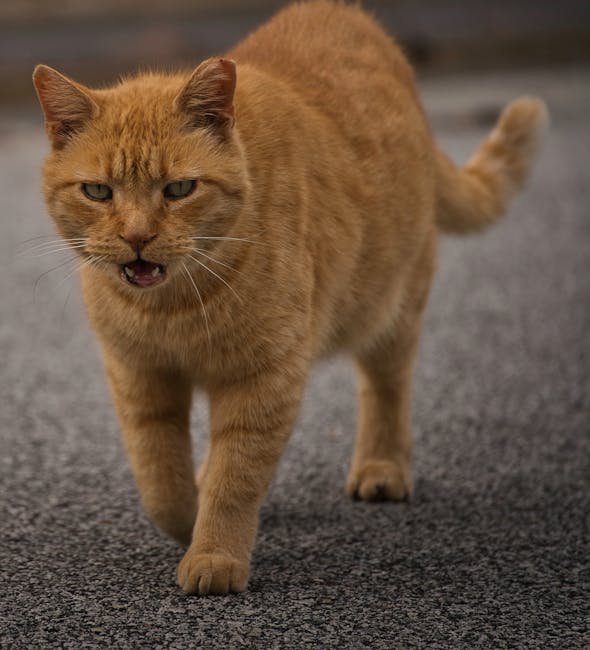
Cats are masters of body language, using it to convey their intentions and emotions. A simple flick of the tail, a slow blink, or a body posture can speak volumes about a cat’s mood and rank within the group. The alpha cat often displays confident body language, such as standing tall and maintaining eye contact, whereas lower-ranking cats may exhibit submissive behaviors like crouching or avoiding gaze. By understanding these cues, cat owners can better interpret their pets’ interactions and address potential conflicts early on.
Resource Guarding: The Battle for Necessities
In multi-cat homes, resource guarding can be a common issue, with cats vying for food, water, litter boxes, and prime resting spots. The hierarchy plays a crucial role in determining how resources are shared, with dominant cats often having first access. To minimize tension, it’s essential to provide ample resources, ensuring that each cat has enough space and access to necessities. By doing so, you can prevent disputes and promote a peaceful coexistence among your feline companions.
The Role of Age and Experience
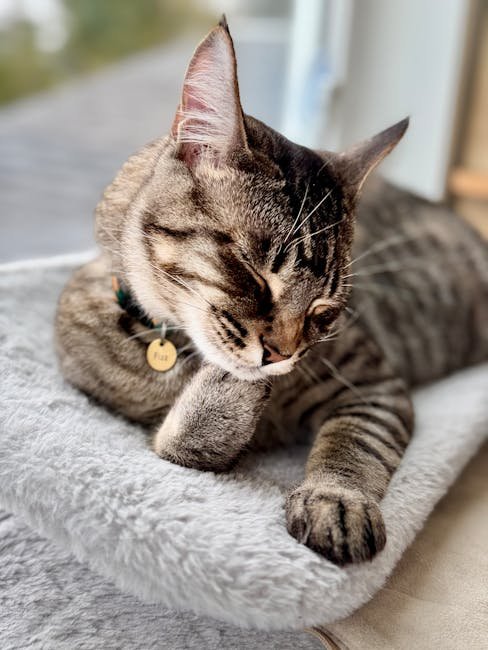
Age and experience can significantly influence a cat’s position within the hierarchy. Older, more experienced cats may naturally assume leadership roles due to their wisdom and understanding of the environment. Younger cats, on the other hand, may defer to their elders, learning from their behavior and adapting accordingly. However, as time passes, these roles can shift, with younger cats stepping into more dominant positions as they mature.
Introducing New Cats: A Delicate Process
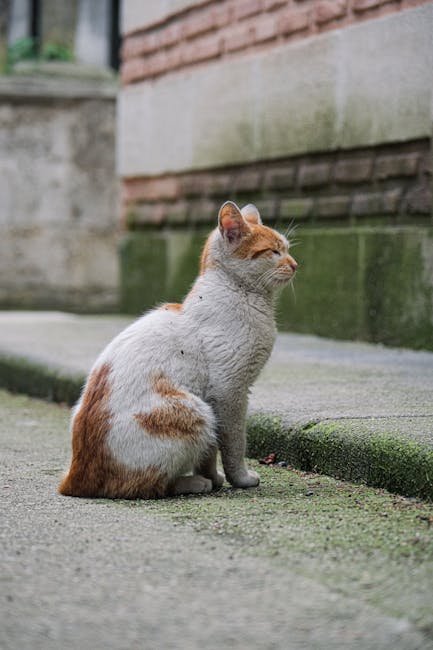
Bringing a new cat into a multi-cat home requires careful planning and patience. The established hierarchy can be disrupted, leading to stress and potential conflicts. Gradual introductions, using scent swapping and controlled meetings, can help ease the transition and allow the newcomer to find their place within the group. It’s crucial to monitor interactions and provide support to ensure a smooth integration.
Gender Dynamics: Male vs. Female Hierarchies
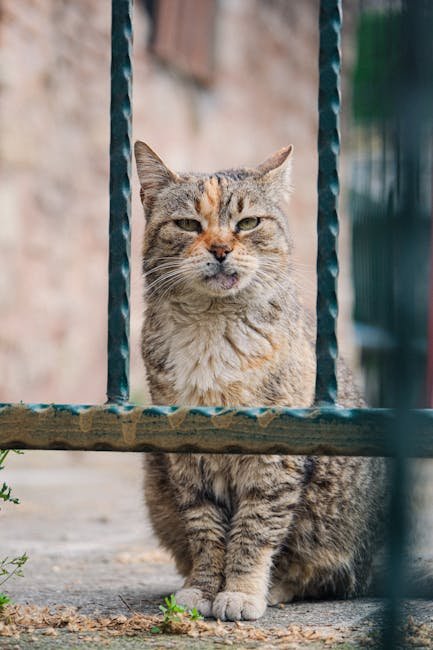
Gender can also play a role in cat hierarchies, with male and female cats exhibiting different social dynamics. Male cats might be more territorial and competitive, while females often form close-knit bonds and alliances. Understanding these gender-based tendencies can help cat owners manage their multi-cat homes more effectively, ensuring that both males and females have their needs met.
Health and Hierarchy: The Impact of Well-being
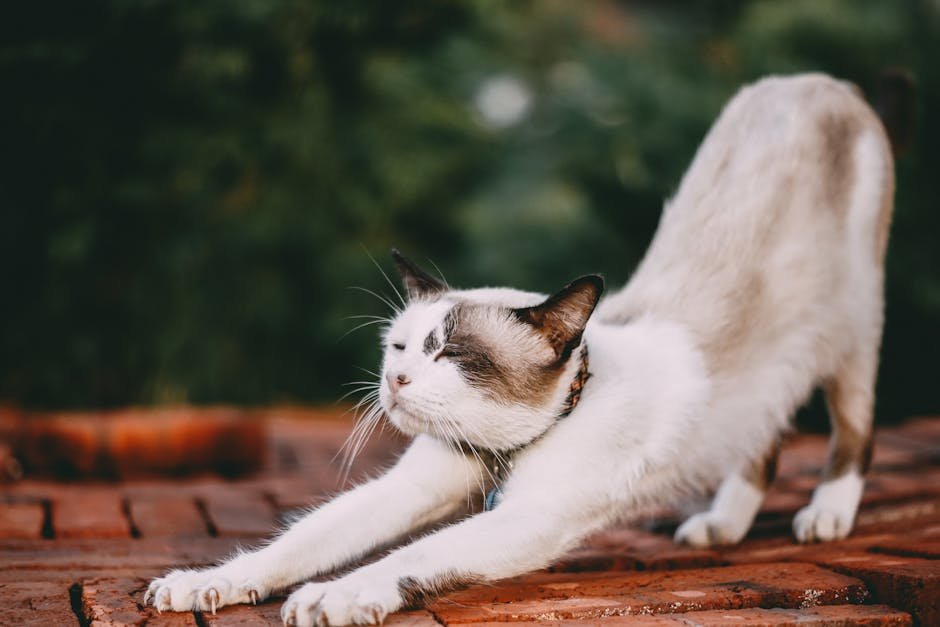
A cat’s health can affect their standing within the hierarchy. Illness or injury may cause a previously dominant cat to lose their position, as they become less able to assert themselves. Conversely, a healthy and energetic cat may rise in rank, taking advantage of their physical prowess. Regular health check-ups and prompt medical attention can help maintain balance in the hierarchy by ensuring all cats remain in good condition.
Environmental Enrichment: Making Space for Everyone
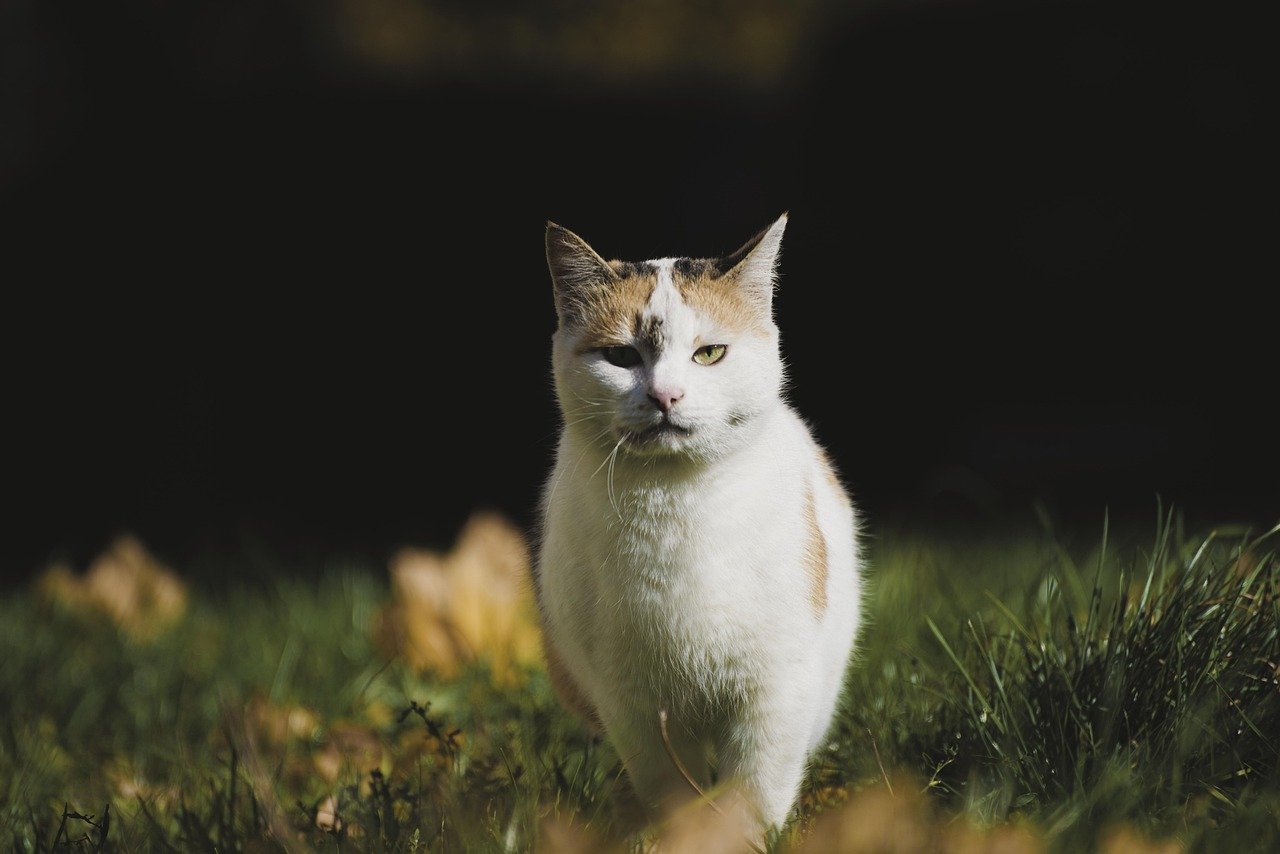
Providing an enriched environment is essential for maintaining harmony in a multi-cat home. Vertical spaces, scratching posts, and interactive toys can help reduce stress and prevent boredom, allowing cats to express their natural behaviors. By catering to the needs of each cat and offering a variety of activities, you can promote a balanced hierarchy and foster positive interactions among your feline companions.
Behavioral Training: Encouraging Positive Interactions
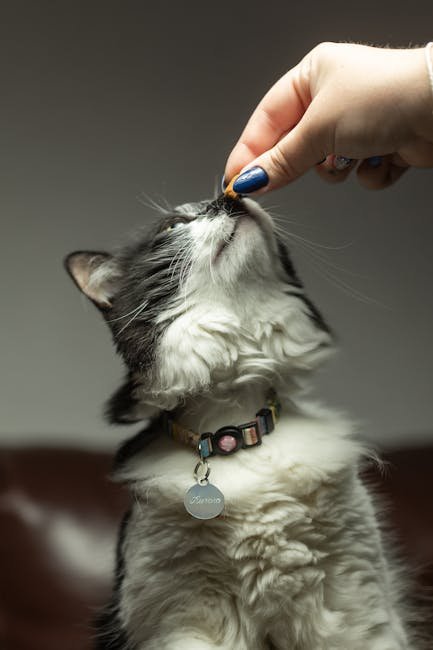
Training can play a significant role in managing cat hierarchies, teaching cats how to interact respectfully and peacefully. Using positive reinforcement techniques, such as treats and praise, can help reinforce desirable behaviors and discourage aggression or bullying. Training sessions can also strengthen the bond between cats and their owners, creating a more harmonious living environment.
The Importance of Routine: Stability in Hierarchy
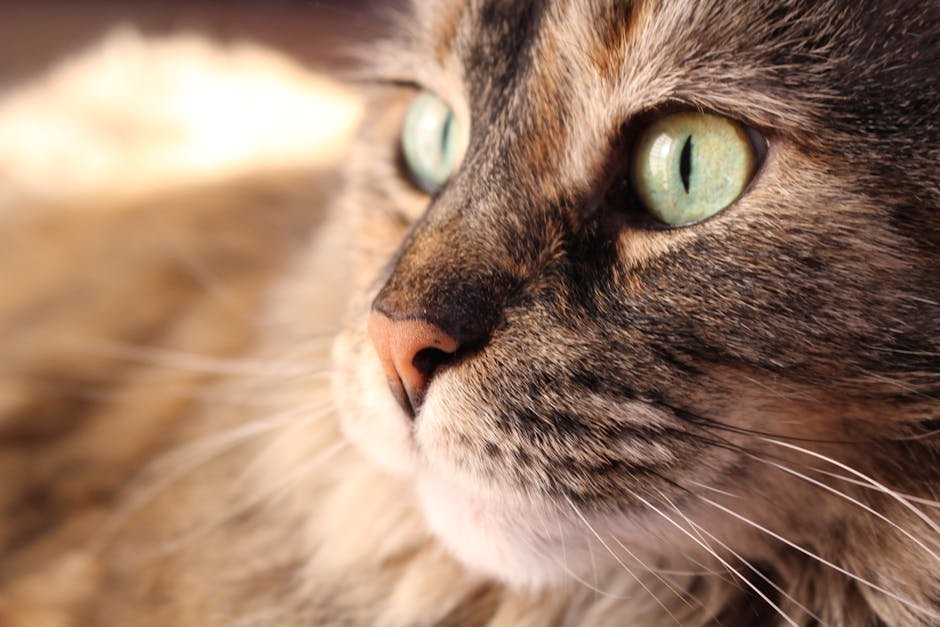
Cats thrive on routine, and a consistent schedule can provide the stability needed to maintain a balanced hierarchy. Regular feeding times, play sessions, and grooming routines help establish a sense of order and predictability, reducing stress and conflict. By adhering to a routine, you can create a more harmonious environment where cats feel secure and content.
Understanding Play: More Than Just Fun
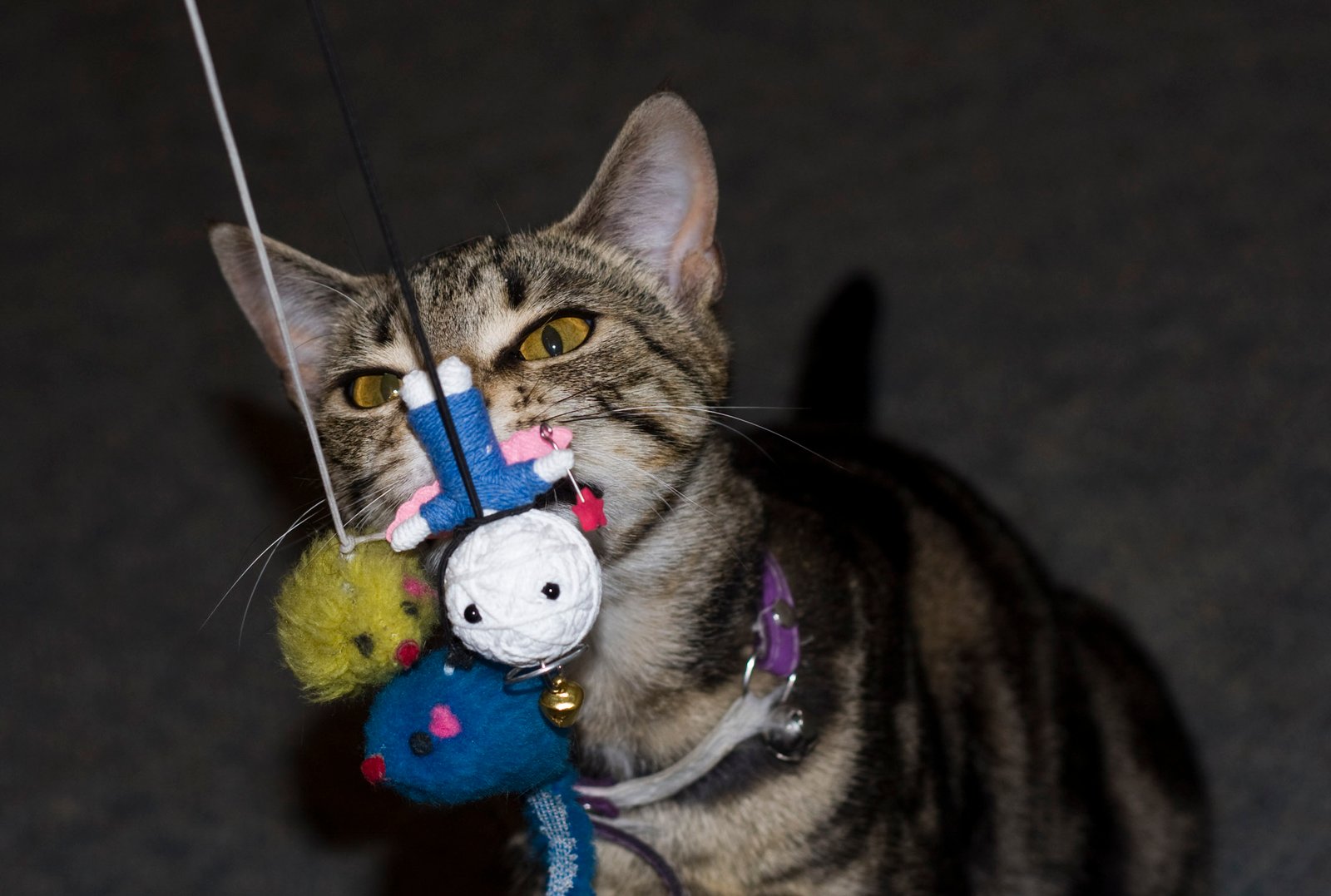
Play is an essential aspect of cat behavior, serving as both a means of exercise and a way to establish social bonds. In a multi-cat home, play can help reinforce the hierarchy, with dominant cats often leading the activities. Observing play interactions can provide valuable insights into the dynamics of your feline group, helping you identify any potential issues and address them before they escalate.
Territory and Hierarchy: The Space Factor
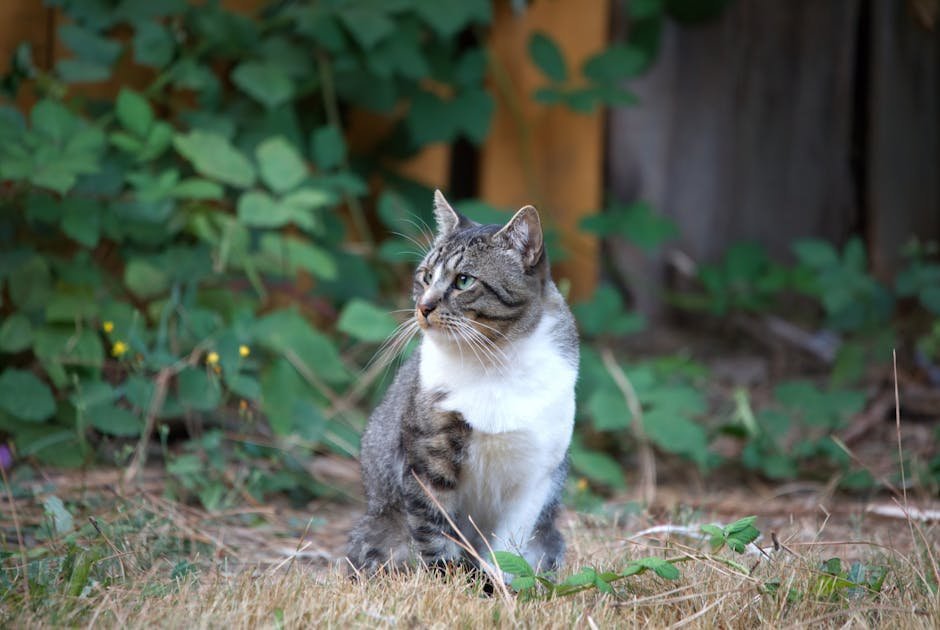
Territory plays a significant role in cat hierarchies, with dominant cats often claiming the best spots in the home. Providing ample space and designated areas for each cat can help reduce territorial disputes and promote a sense of security. By creating a well-organized environment, you can support the natural hierarchy and encourage positive interactions among your feline companions.
Communication: Vocalizations and Their Meanings

Cats use a variety of vocalizations to communicate with one another, from purring and meowing to growling and hissing. These sounds can convey a range of emotions and intentions, playing a crucial role in the hierarchy. Understanding these vocal cues can help cat owners interpret their pets’ interactions and address any potential conflicts, ensuring a harmonious living environment.
Conflict Resolution: Keeping Peace in the Pride
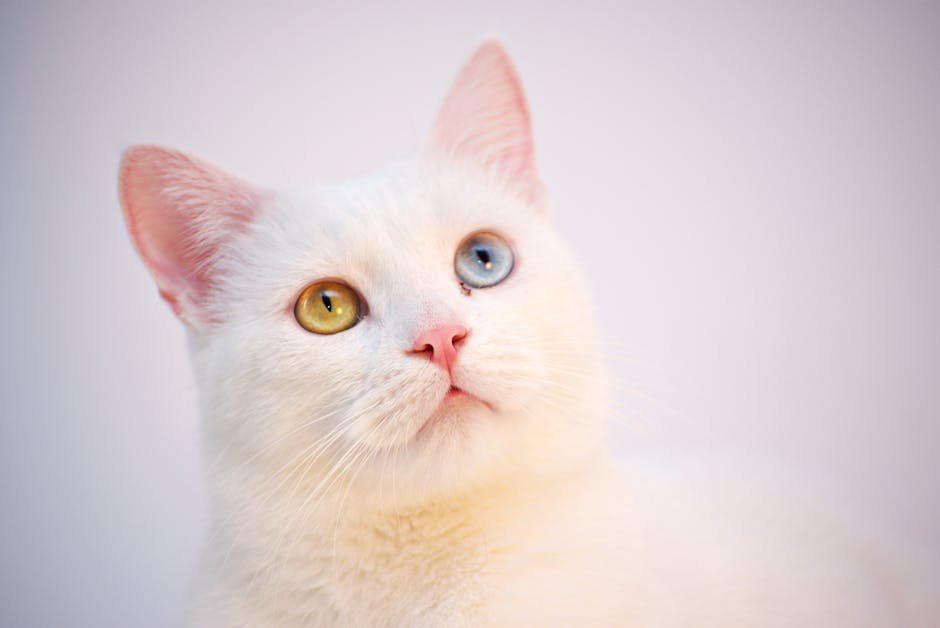
Conflicts are a natural part of any social structure, and cat hierarchies are no exception. Addressing disputes promptly and effectively is essential for maintaining harmony in a multi-cat home. Identifying the root cause of conflicts, such as competition for resources or lack of space, and implementing solutions can help prevent issues from escalating and ensure a peaceful coexistence.
Fostering Bonds: Encouraging Positive Relationships
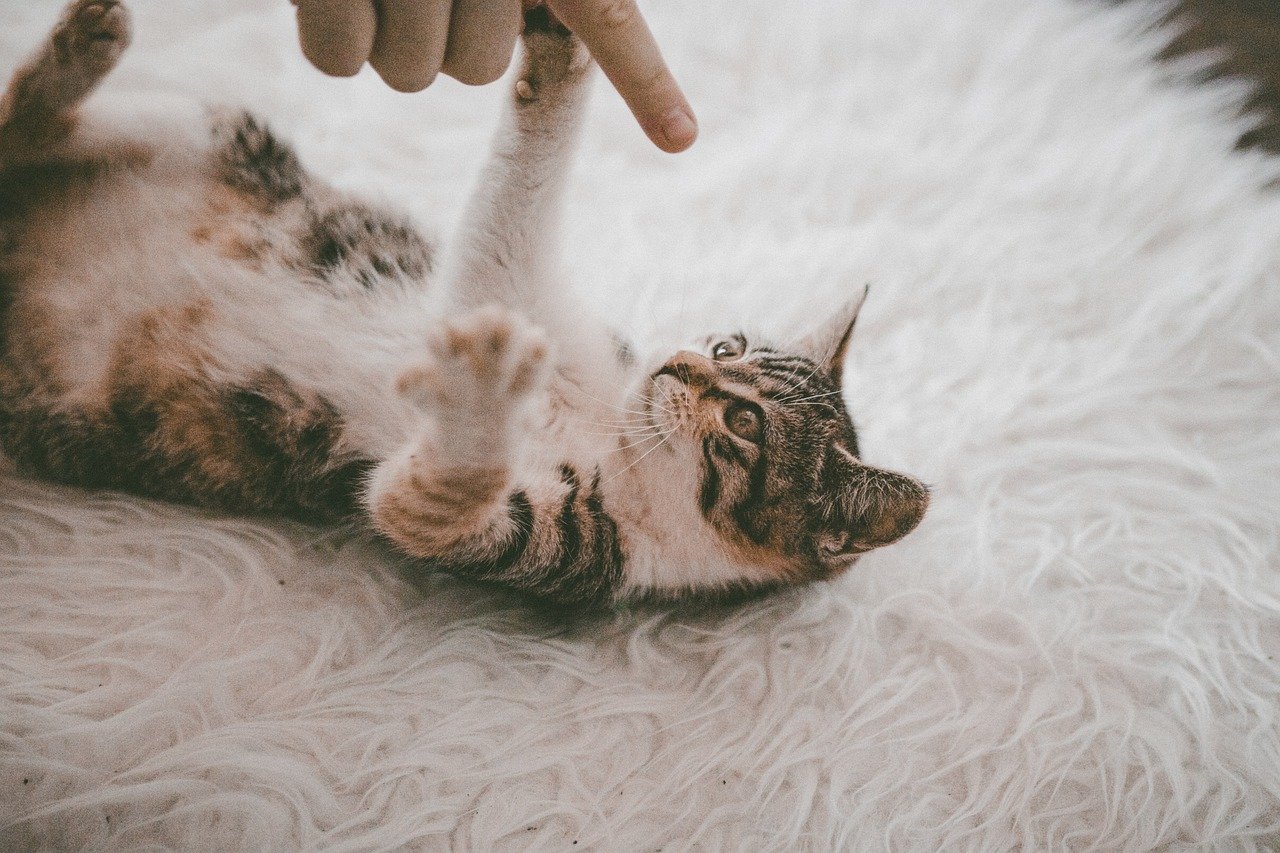
Encouraging positive relationships among your cats can help strengthen the hierarchy and promote a harmonious environment. Providing opportunities for social interactions, such as group play sessions and shared grooming activities, can help foster bonds and reduce tension. By nurturing these connections, you can create a more cohesive and content feline group.
Recognizing Stress: Signs and Solutions
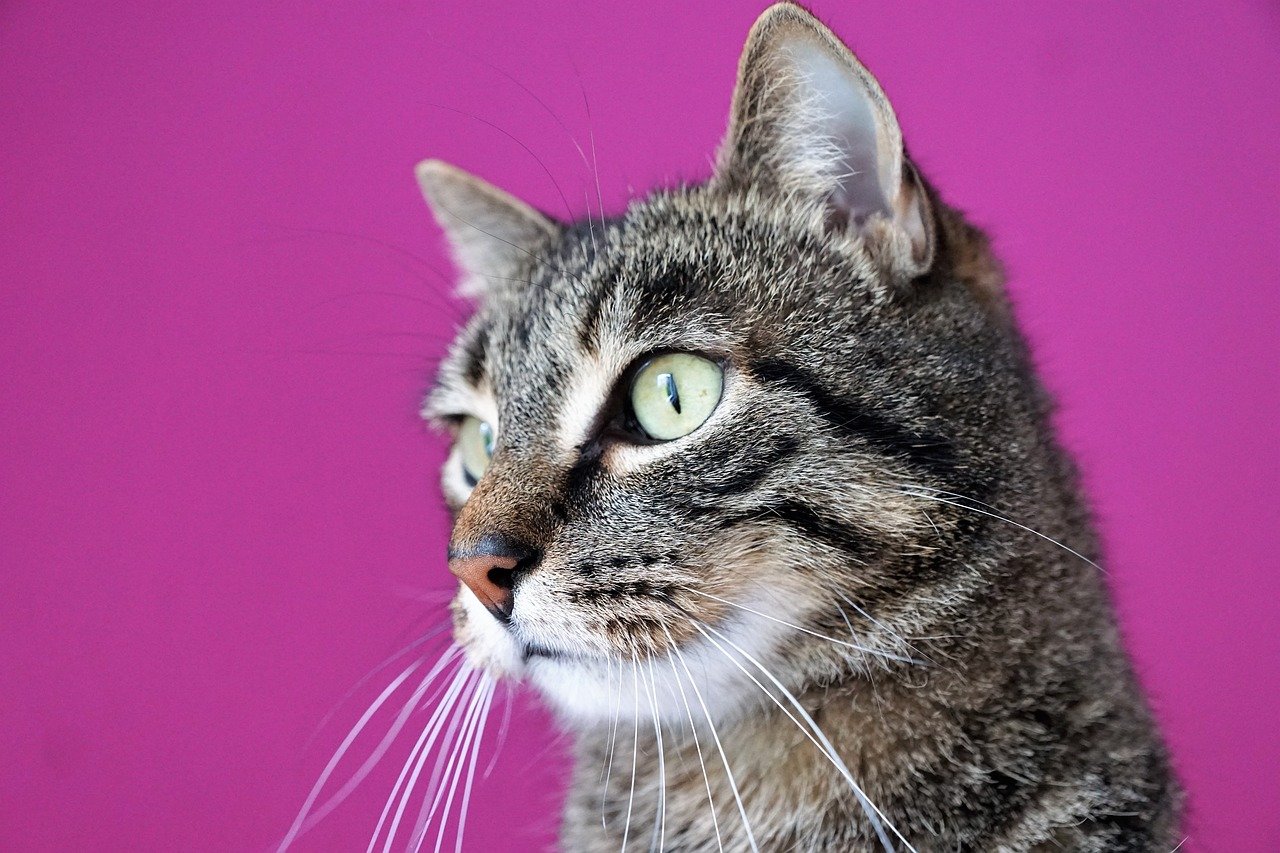
Stress can have a significant impact on cat hierarchies, causing shifts in behavior and rank. Recognizing signs of stress, such as changes in appetite, grooming habits, or aggression, is essential for maintaining a balanced hierarchy. Implementing stress-reducing strategies, such as providing a quiet space for retreat or using calming pheromones, can help alleviate tension and ensure a peaceful living environment.
Adapting to Change: Flexibility in Hierarchy
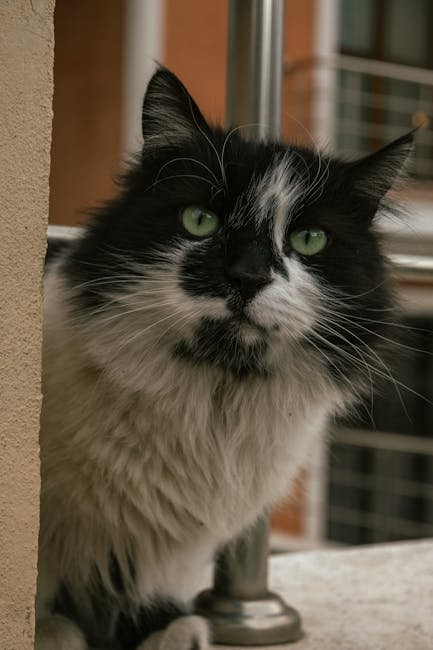
Cat hierarchies are not static; they can change over time due to various factors such as age, health, or the introduction of new cats. Being adaptable and responsive to these changes is crucial for maintaining harmony in a multi-cat home. By monitoring interactions and providing support when needed, you can ensure a balanced and stable hierarchy.
Conclusion
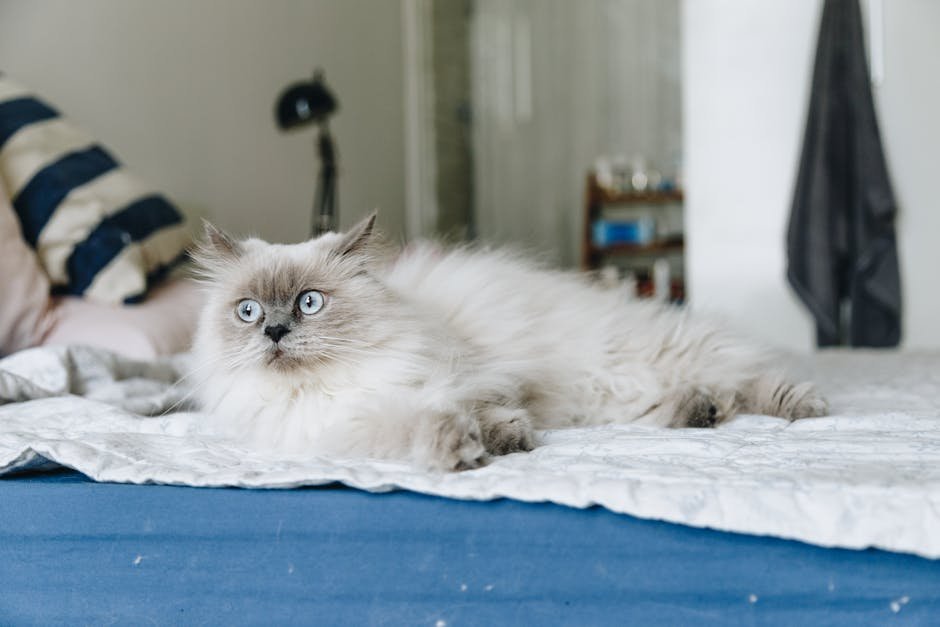
Understanding cat hierarchy in multi-cat homes is key to fostering a peaceful and content environment. By recognizing the roles and relationships within your feline group, you can address potential conflicts and promote positive interactions. From providing ample resources and enriching the environment to understanding body language and vocalizations, there are many ways to support the natural hierarchy and ensure a harmonious coexistence among your beloved cats.
Hi, I’m Bola, a passionate writer and creative strategist with a knack for crafting compelling content that educates, inspires, and connects. Over the years, I’ve honed my skills across various writing fields, including content creation, copywriting, online course development, and video scriptwriting.
When I’m not at my desk, you’ll find me exploring new ideas, reading books, or brainstorming creative ways to solve challenges. I believe that words have the power to transform, and I’m here to help you leverage that power for success.
Thanks for stopping by, Keep coming to this website to checkout new articles form me. You’d always love it!






